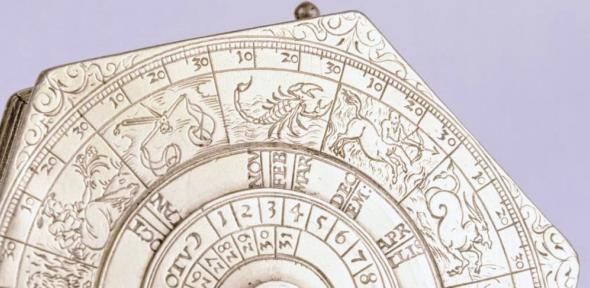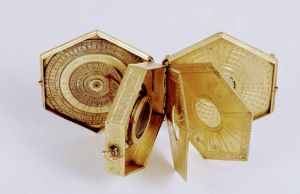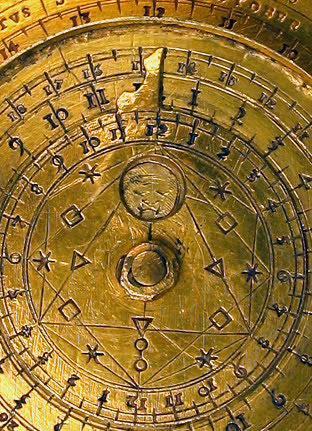Two characteristics are typical of the construction of these instruments: first, they were often made as lavishly as possible; second, they are ingeniously constructed, with as many instruments as possible filling the available space.
Most of the instruments on a compendium are used to simplify astronomical calculations. Many compendia have volvelles - rotating discs that show the phases of the Moon, the positions of planets, and other such phenomena.




